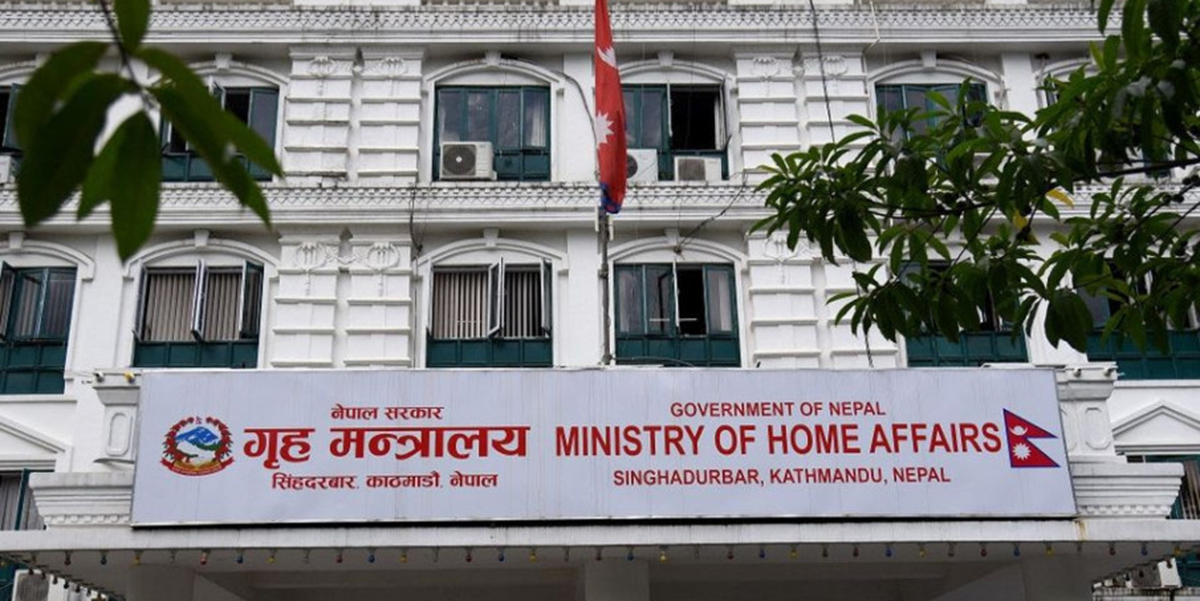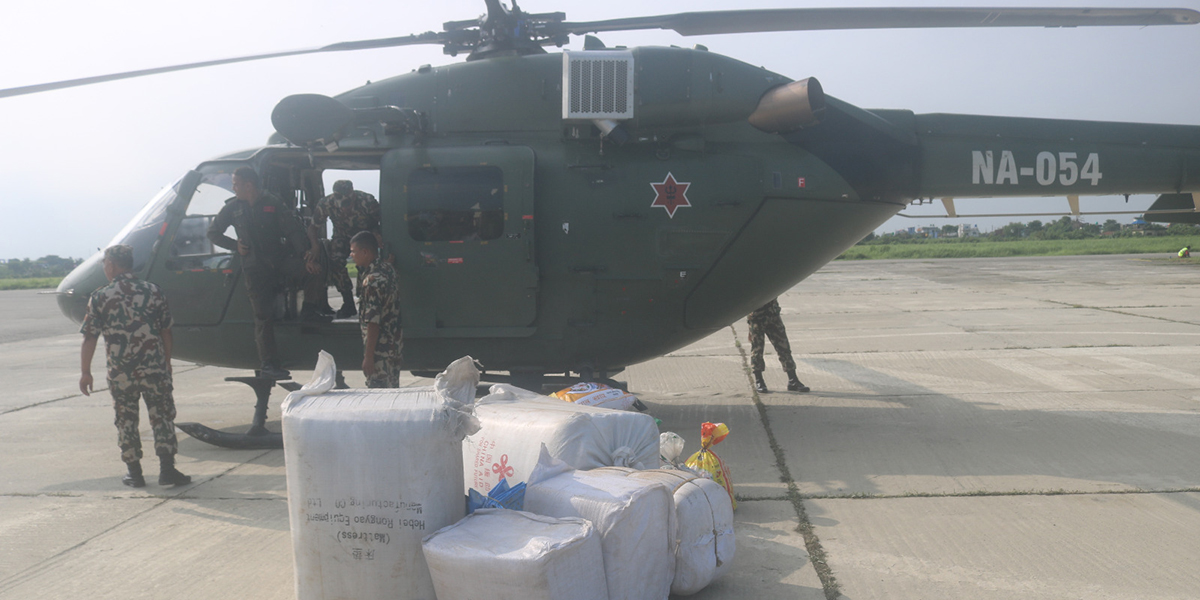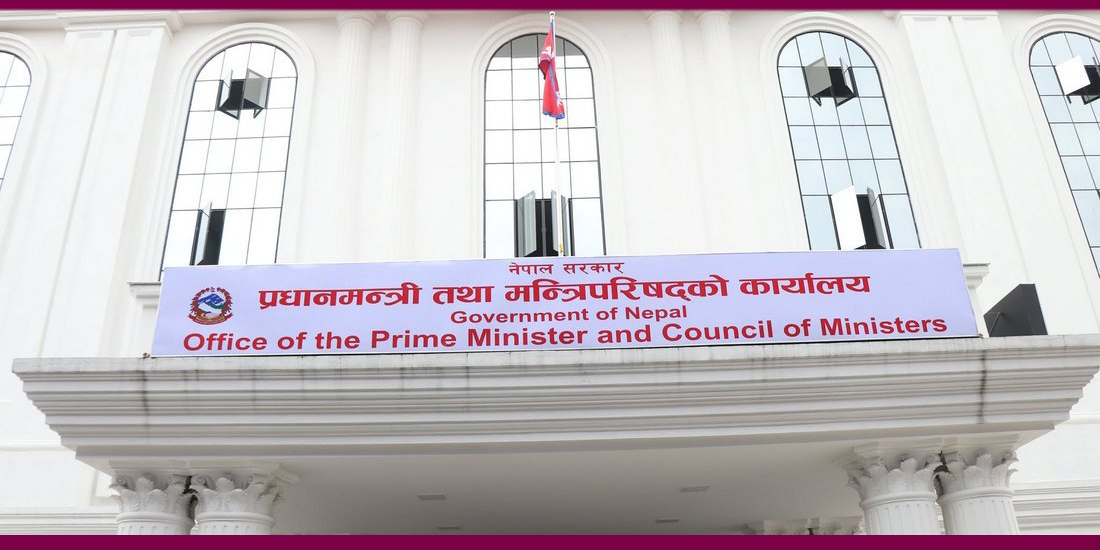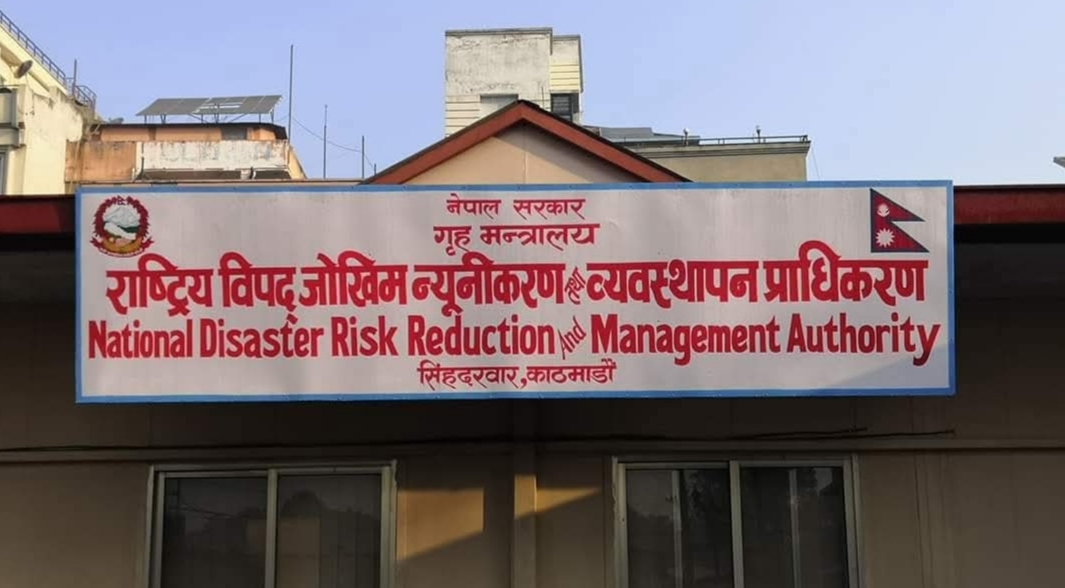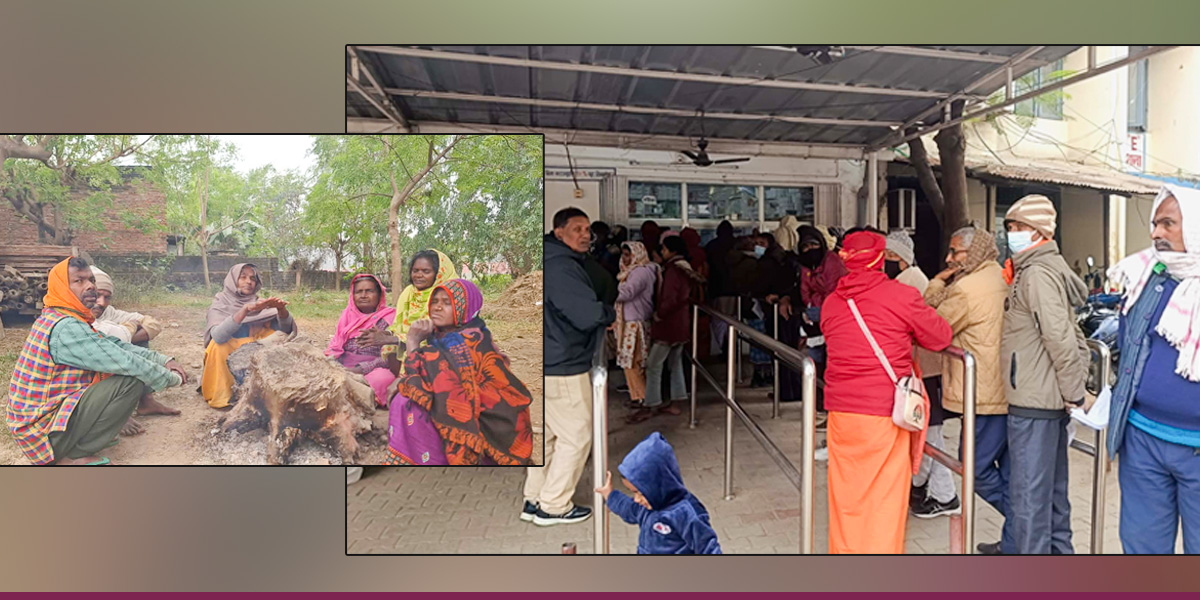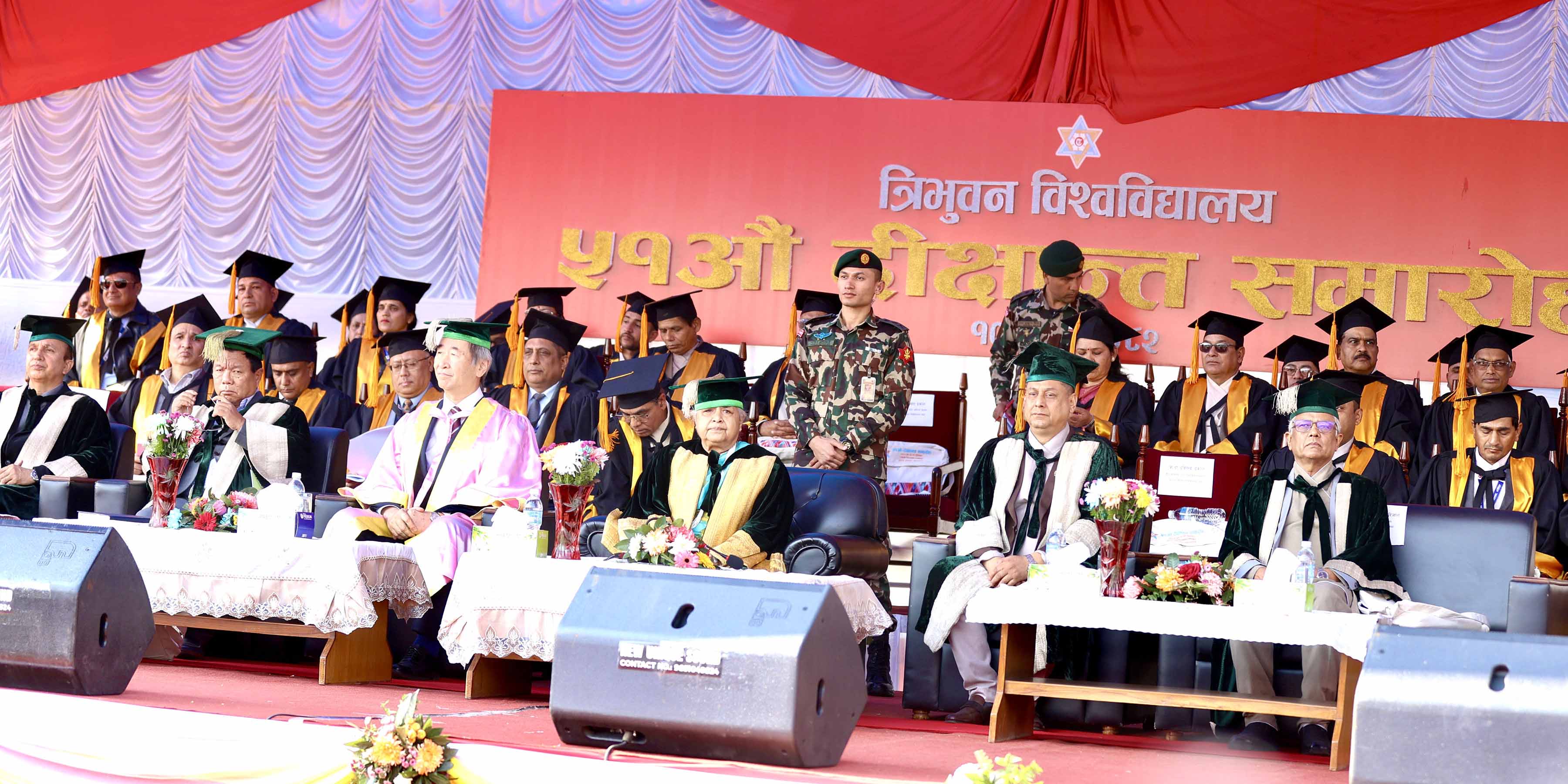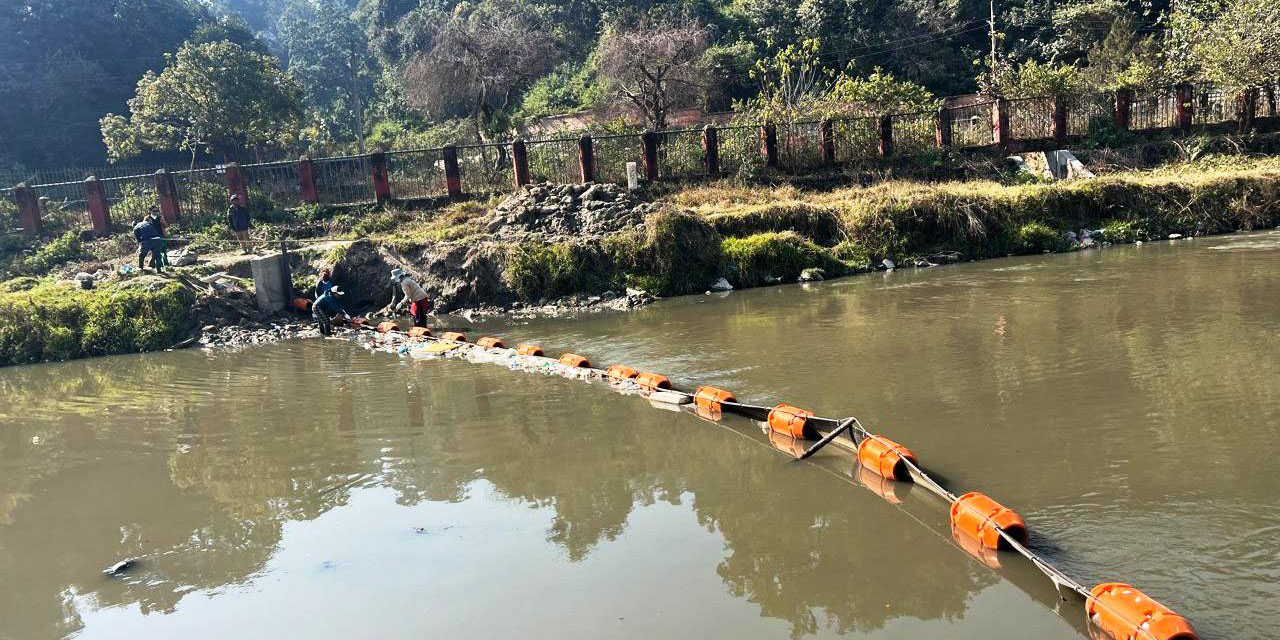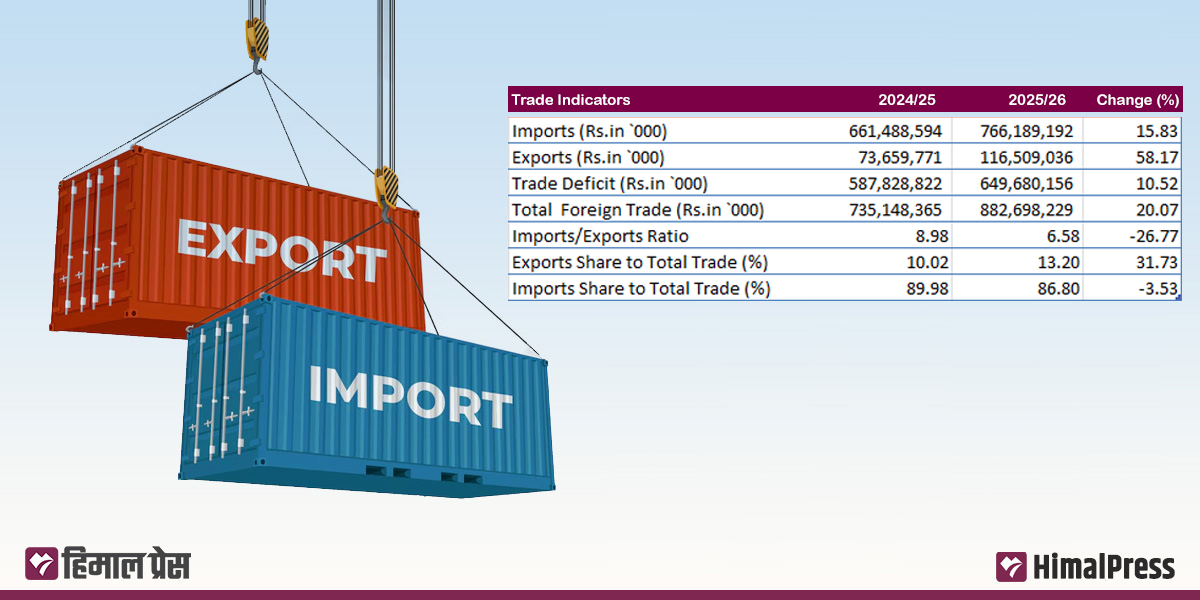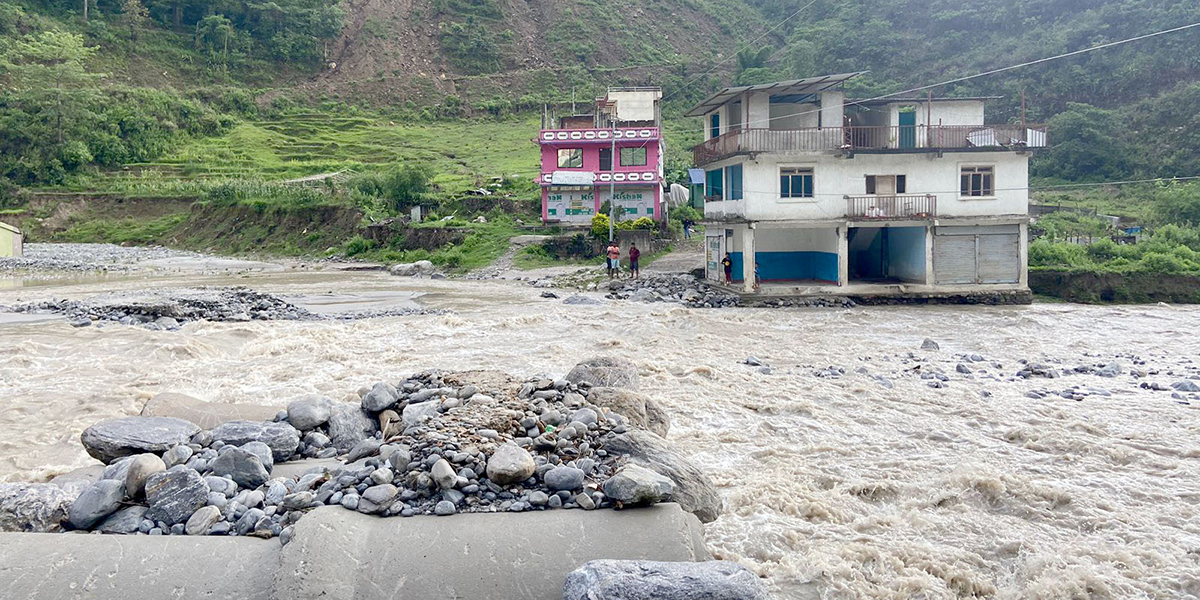 Floods swept away a temporary bridge on Melamchi River at Fatte in Melamchi-11 of Sindhupalchowk district earlier this week. (Photo: RSS)
Floods swept away a temporary bridge on Melamchi River at Fatte in Melamchi-11 of Sindhupalchowk district earlier this week. (Photo: RSS)
KATHMANDU: Since the start of the monsoon on June 11, 34 districts in Nepal have been affected by flooding and landslides. According to the Disaster and Conflict Management Division of the Ministry of Home Affairs, 147 disaster incidents have been recorded over the past week, resulting in 28 deaths.
Government data shows that inadequate disaster preparedness leads to numerous casualties from floods and landslides annually. On average, 150 people die and over 300 are injured each year due to these disasters. Property damage caused by incidents exceeds Rs 2 billion annually.
Dr Bhishma Kumar Bhusal, chief of the Disaster and Conflict Management Division, claims that the government has been implementing long-term measures and plans to mitigate the impacts of disasters. However, he admitted that preparing for floods and landslides remains challenging.
Bhusal also said the ministry, police and local governments all have been educating people on disaster preparedness. “Local governments and our district administration offices have been working on disaster management issues. The ministry is facilitating these efforts,” he added.
He acknowledged that disaster preparedness efforts have failed in some affected areas. Bhusal claimed that not only Nepal but even developed countries sometimes fall short in disaster management.
Experts criticize the Home Ministry for failing to utilize information technology effectively in disaster management. The ministry has several departments dedicated to disaster studies, risk reduction, and management, but they have been unsuccessful in disseminating critical information to affected districts.
Over 75,000 households have been affected by floods and landslides over the past 14 years. Disaster-related incidents claimed 28 lives over the past week, while 12 others were injured. Likewise, 25 houses were completely damaged while 10 sustained partial damage.
Geo-hazard expert Ranjan Kumar Dahal says the government lacks a dedicated agency for flood and landslide control. He also said that the ministry has been failing to implement flood and disaster preparedness programs in high-risk areas. He also called for hazard mapping and mandatory preventive measures to reduce risks.
“All three tiers of government should be active for disaster preparedness,” Dahal added.
Stating that haphazard road construction was putting many places at high risk of floods and landslides, experts have suggested creating environment-friendly standards for development works.
The government had devised a strategy in 2017 to significantly reduce flood and landslide risks by 2030. However, the strategy has not been implemented even after seven years.
Experts argue that the government’s reactive approach to disaster management, rather than proactive planning, is continuing to cause a loss of life and property. According to the division, over 75,000 households have been affected by floods and landslides over the past 14 years. Disaster-related incidents claimed 28 lives over the past week, while 12 others were injured. Likewise, 25 houses were completely damaged while 10 sustained partial damage.
The most affected districts include Taplejung, Panchthar, Sankhuwasabha, Sindhupalchowk, Rasuwa, Chitwan, Lamjung, Parbat, Myagdi, Nawalparasi East, Gulmi, Dang, Bajura and Kaski. The estimated economic damage from recent landslides exceeds Rs 6.9 million, according to the personal secretariat of Home Minister Rabi Lamichhane.
The risk of flooding and landslides is high during June 1 and October 5. According to the home ministry, a toll-free number (1149) is available 24/7 for emergency information and assistance, while response teams have been deployed to 10 high-risk areas across the country.



